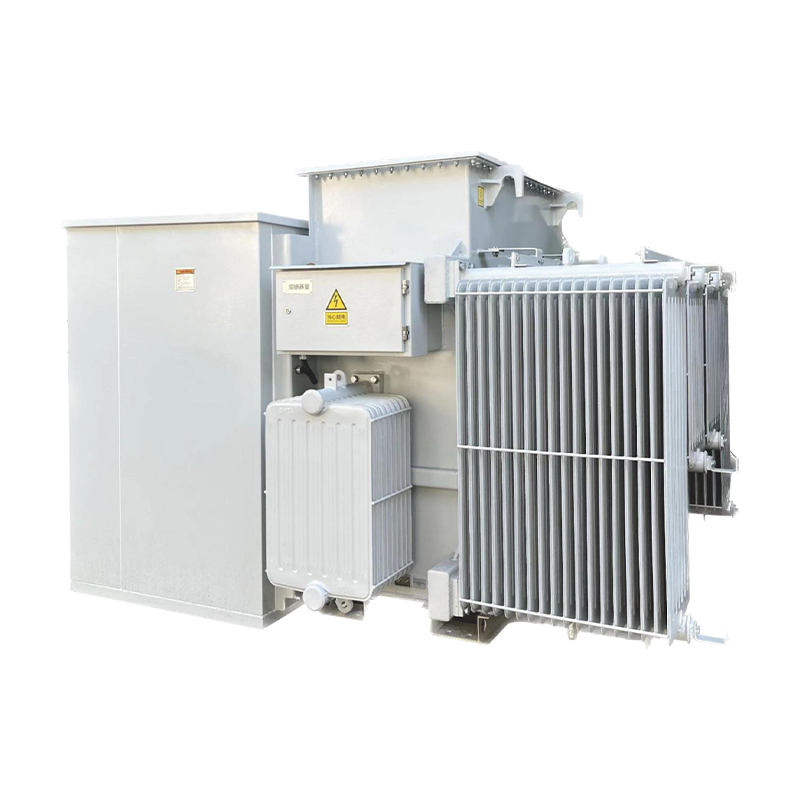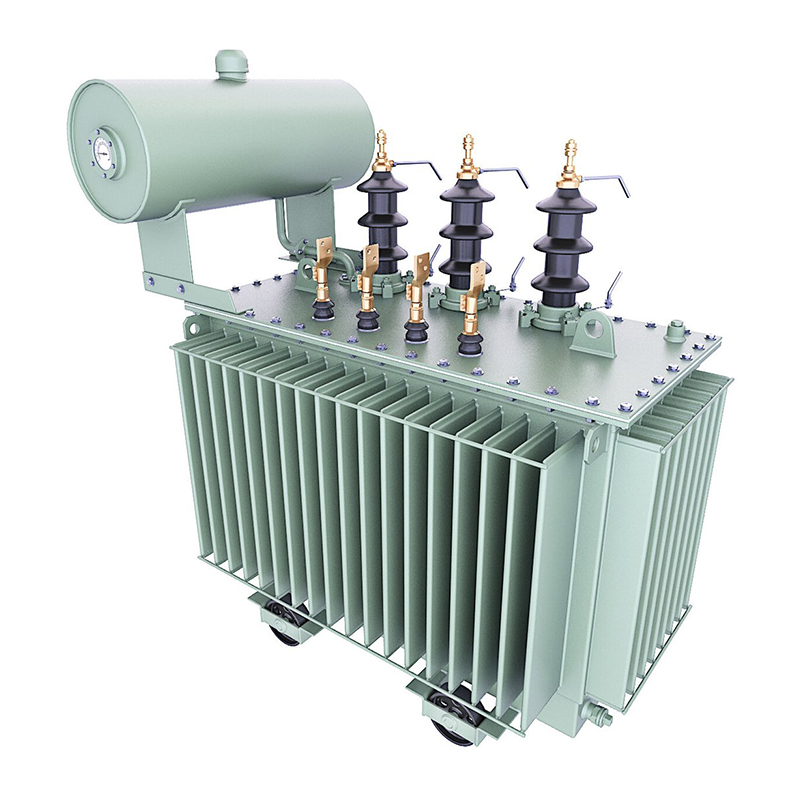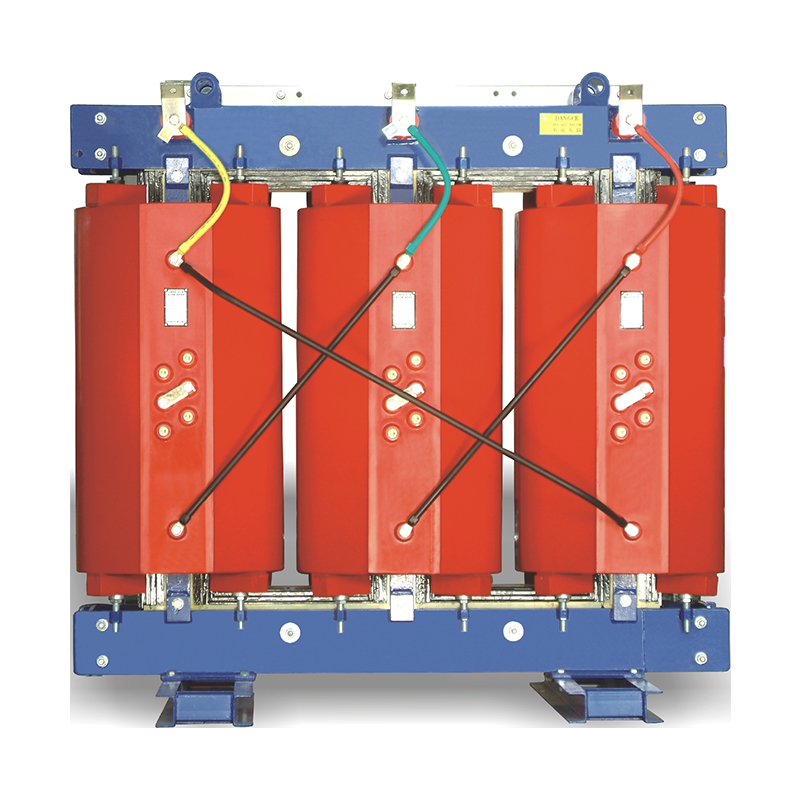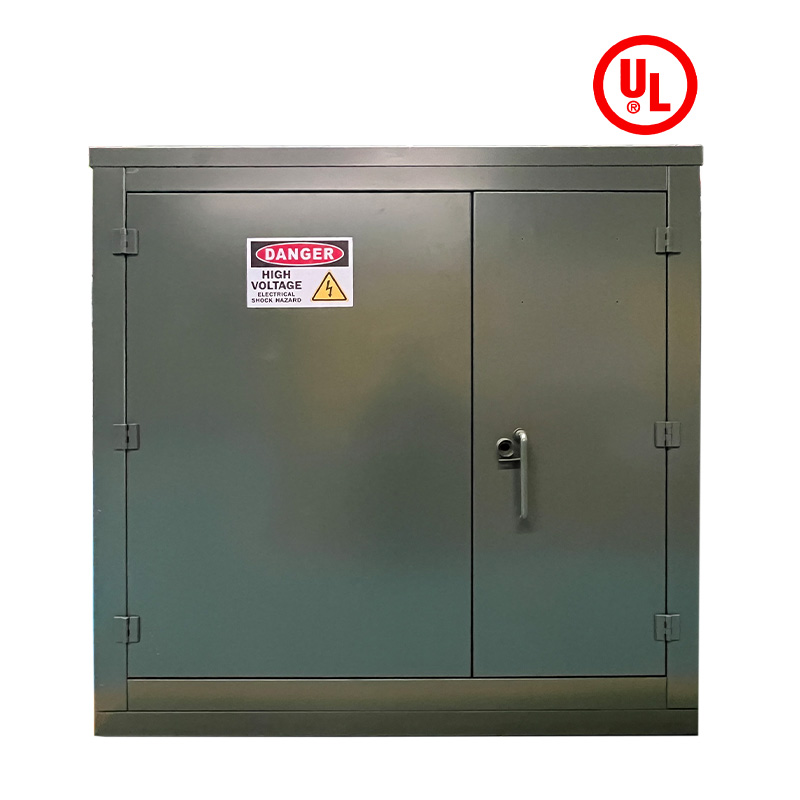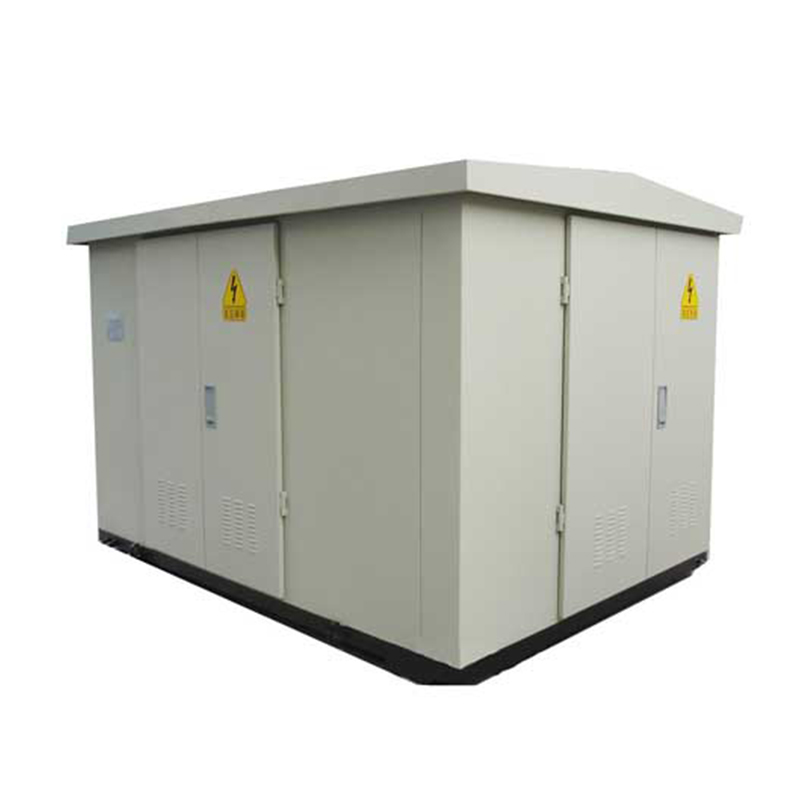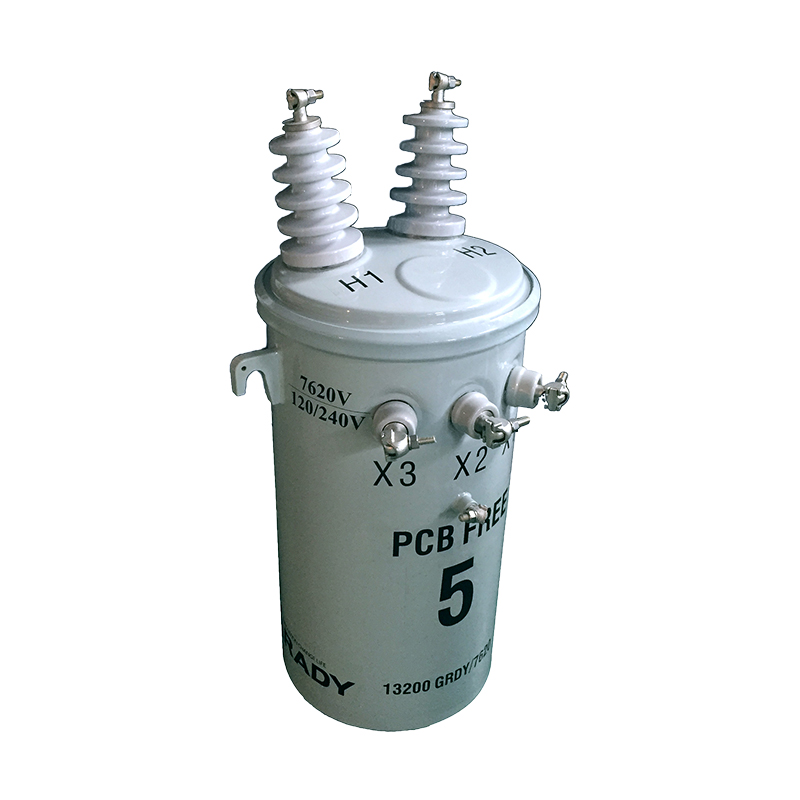Electrical Transformers: Principles, Types, and Applications in Modern Power Systems
1. Introduction to Electrical Transformers
Electrical transformers are indispensable components in power transmission and distribution networks. They serve as the backbone of alternating current (AC) systems by enabling efficient voltage conversion, minimizing energy losses, and ensuring electricity reaches end-users safely. Invented in the late 19th century, transformers have evolved into sophisticated devices tailored for diverse industrial, commercial, and residential applications. This article explores the working principles, classifications, design considerations, and emerging trends in transformer technology.
2. Working Principle of Transformers
Transformers operate on the principle of electromagnetic induction, discovered by Michael Faraday. A basic transformer consists of three core elements:
Primary Winding: Receives alternating current (AC) from the power source.
Magnetic Core: Typically made of laminated silicon steel to minimize eddy current losses.
Secondary Winding: Delivers transformed voltage to the load.
When AC flows through the primary winding, it generates a fluctuating magnetic field in the core. This changing magnetic field induces a voltage in the secondary winding according to Faraday’s Law:
Where Vp and Vs are primary and secondary voltages, and Np and Ns are the number of turns in the respective windings.
Key Terms:
Step-Up Transformer: Increases voltage (e.g., power plants to transmission lines).
Step-Down Transformer: Decreases voltage (e.g., substations to households).
Turns Ratio: Determines the voltage transformation level.
3. Types of Electrical Transformers
Transformers are categorized based on their application, design, and cooling methods:
3.1 By Voltage Level
Power Transformers: Used in transmission networks (≥33 kV) for long-distance efficiency.
Distribution Transformers: Lower voltage (≤33 kV) for end-user supply.
Instrument Transformers: Current transformers (CTs) and potential transformers (PTs) for metering/protection.
3.2 By Core Design
Core-Type: Windings surround a rectangular core (common in high-voltage applications).
Shell-Type: Core surrounds windings (compact design for low-voltage systems).
3.3 By Cooling Method
Oil-Immersed: Mineral oil acts as coolant and insulator (widely used in outdoor substations).
Dry-Type: Air-cooled, ideal for indoor/fire-sensitive environments (e.g., hospitals).
Cast Resin: Encapsulated windings for moisture resistance (common in marine applications).
3.4 Specialized Transformers
Autotransformers: Single winding with variable output (e.g., voltage stabilizers).
Phase-Shifting Transformers: Control power flow in grid networks.
Isolation Transformers: Prevent electrical noise and ground loops.
4. Critical Components and Materials
4.1 Core Materials
Cold-Rolled Grain-Oriented (CRGO) Steel: Reduces hysteresis losses by aligning grain structure.
Amorphous Metal Alloys: Ultra-low core loss for energy-efficient transformers.
4.2 Windings
Copper: High conductivity and durability (preferred for efficiency).
Aluminum: Lightweight and cost-effective (used in distribution transformers).
4.3 Insulation
Kraft Paper: Traditional insulation for oil-filled transformers.
Nomex®: Heat-resistant polymer for dry-type units.
4.4 Bushings
Porcelain or composite bushings provide safe electrical connections to external circuits.
5. Applications of Transformers
5.1 Power Transmission
Step-up transformers boost generator voltage (11 kV to 400 kV) to reduce I2R losses during long-distance transmission.
5.2 Industrial Use
Arc Furnace Transformers: Handle extreme current fluctuations in steel plants.
Rectifier Transformers: Convert AC to DC for electrolysis and traction systems.
5.3 Renewable Energy Integration
Transformers link solar/wind farms to grids, ensuring voltage compatibility and harmonic filtering.
5.4 Household Applications
Step-down transformers (220 V to 120 V) power appliances in regions with varying voltage standards.
6. Design Considerations and Efficiency
6.1 Losses in Transformers
Copper Losses (I2R): Proportional to load current; minimized using thicker conductors.
Core Losses: Hysteresis and eddy current losses; mitigated via CRGO cores.
Stray Losses: Reduced through optimal winding arrangement.
6.2 Efficiency Standards
Modern transformers comply with international standards like IEEE C57.12.00 and IEC 60076, mandating efficiencies above 95% for large units.
6.3 Temperature Rise Management
ONAN (Oil-Natural Air-Natural): Passive cooling for small transformers.
OFAN (Oil-Forced Air-Natural): Fans enhance cooling in high-capacity units.
7. Maintenance and Fault Detection
7.1 Routine Inspections
Oil Testing: Detect dissolved gases (e.g., acetylene indicates arcing).
Thermal Imaging: Identify hotspots in bushings or connections.
7.2 Common Failures
Winding Insulation Breakdown: Caused by aging or voltage surges.
Core Saturation: Due to geomagnetic storms or DC bias.
7.3 Smart Monitoring Systems
IoT-enabled sensors track parameters like temperature, vibration, and oil quality, enabling predictive maintenance.
8. Future Trends in Transformer Technology
8.1 Eco-Friendly Designs
Biodegradable Fluids: Synthetic esters replace mineral oil to reduce environmental risks.
Recyclable Materials: Use of aluminum and recyclable polymers.
8.2 Digital Transformers
Solid-State Transformers (SSTs): Utilize power electronics for compact, adaptive voltage control.
Smart Grid Integration: Transformers with embedded communication for real-time grid management.
8.3 High-Temperature Superconductors (HTS)
HTS windings operating at -196°C (liquid nitrogen) promise near-zero resistance and 99% efficiency.
9. Conclusion
From enabling cross-continent power trade to charging electric vehicles, transformers remain pivotal in the energy ecosystem. Advances in materials, digitalization, and sustainability are reshaping their role in smart grids and renewable energy systems. As global electricity demand grows, optimizing transformer efficiency and reliability will be critical to achieving a carbon-neutral future.
Relatenews
- Architecture Design of IoT-Based Monitoring System for Power Transformers 2025-09-05 15:27:00
- Judgment Standards and Oil Change Process for Power Transformer Oil Deterioration 2025-09-05 15:23:00
- Design and Mechanical Strength Verification of Short-Circuit Withstand Capability for Power Transformers 2025-09-05 15:19:00
- The Role of Power Transformers in Voltage Regulation within Power Systems 2025-08-25 08:14:00
- Environmental Regulations and Technical Measures for Power Transformer Noise Control 2025-08-25 08:12:00
- The Application of Big Data Analytics in Power Transformer Fault Prediction 2025-08-25 08:11:00
- Impact of Distributed Generation Integration on Load Characteristics of Power Transformers 2025-08-16 09:43:00
- Conditions and Protection Coordination Strategies for Parallel Operation of Power Transformers 2025-08-16 09:42:00





